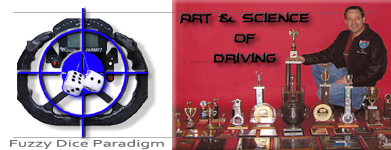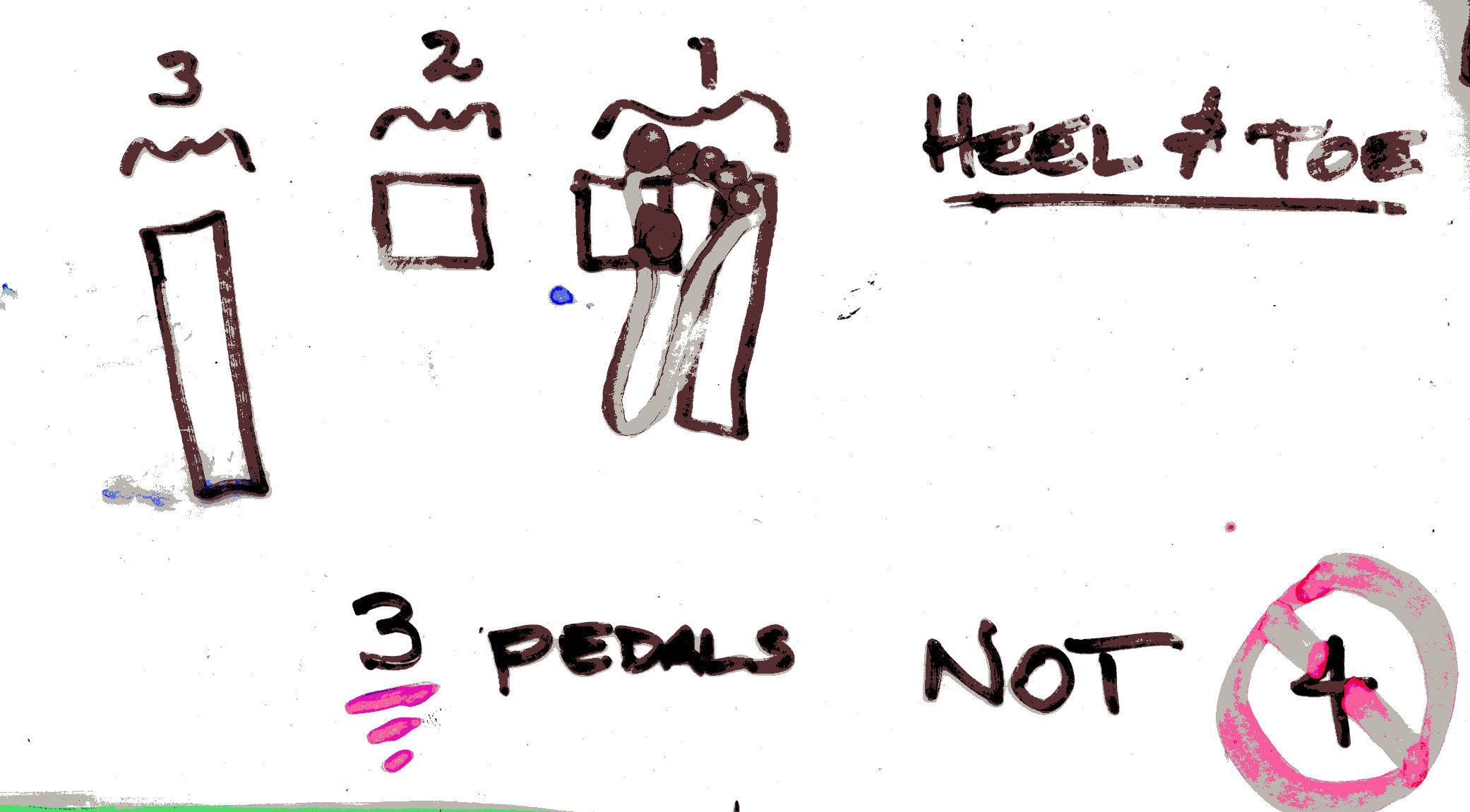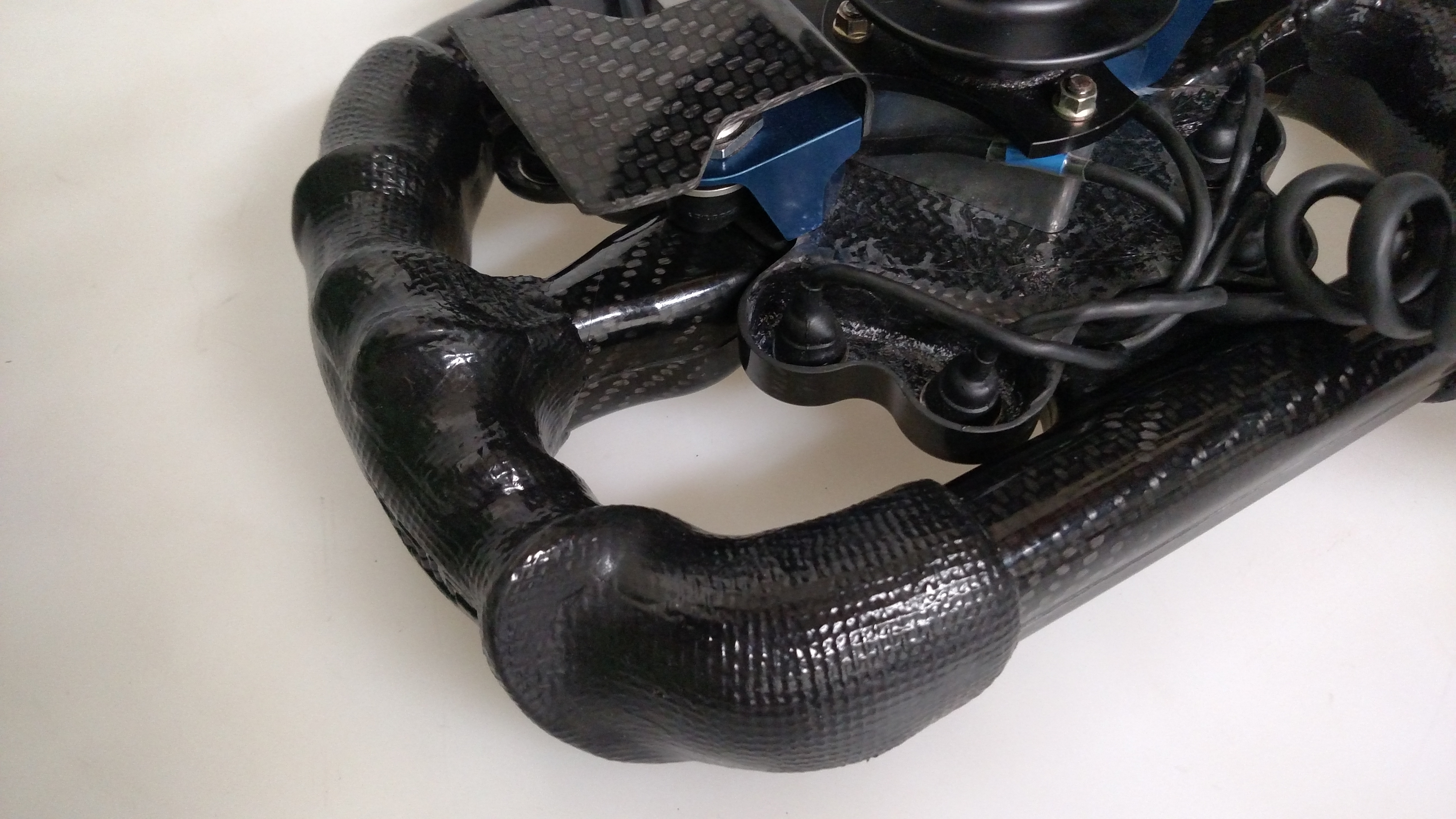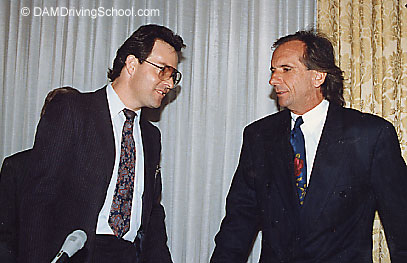PROGRAMS DESIGNED TO SUIT EACH DRIVER
Since every situation is different and can range from IndyCars to 50+ mpg hybrids, each program is individually tailored to match your driving needs and objectives.
Police Pursuit Training requires a different strategy than overcoming Freeway Driving Fears…very common in Southern California.
Unless you’re 100% comfortable, you cannot learn.
By hiring Dellis, each lesson builds upon the first afternoon’s drive in the canyons, freeways, and side streets. So, the first half-day is spent cruising around getting to know the you, your car, and your driving goals.
Depending on your comfort level, a more spirited approach can be used during the later stages of the first meeting, too.
At the conclusion of the first drive, your follow-up debriefing will include developing a strategy that helps you achieve your driving goals in the most efficient manner. Strategies can range from off-peak freeway cruises to full-day trackday events at local racetracks.
Youth Driving Programs can involve learning the rules of the road, when to use courtesy, when to take the right-of-way, and common sense strategies for driving safely.
Driving tips for Situational Awareness addresses emergency escape routes, parking lot safety, and safe lane positioning.
Safer digital etiquette for navigating with smartphones, and texting while driving is covered, as well.






